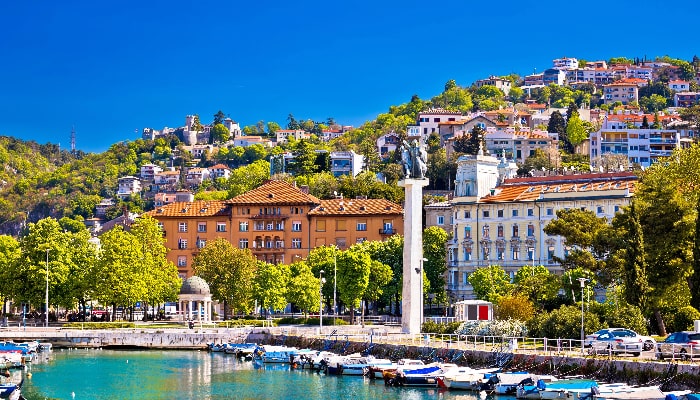Known for its cascading waterfalls, serene islands, and – of course – Game of Thrones, Croatia has developed its reputation over the past decade to be one of Europe’s most beautiful holiday destinations.
We might be biased, but it’s no wonder that two of its most renowned cities – Split and Dubrovnik – were ranked by Trip Advisor as two of the most popular European destinations either.
But the much-loved travel destination may not be how we know and love it in the next 100 years…
With climate change already causing a rise in sea levels around the world, it is likely that we can expect a catastrophic impact on countries globally and, in particular, on Croatia before the year 2100.
So, to highlight this, we decided to analyse the most at-risk coastal towns in Croatia and create a set of before and after images to visualise the impact that a rise in sea level will have on the country’s coastal communities.
You can view these devastating predictions using the scroll tools below.
















